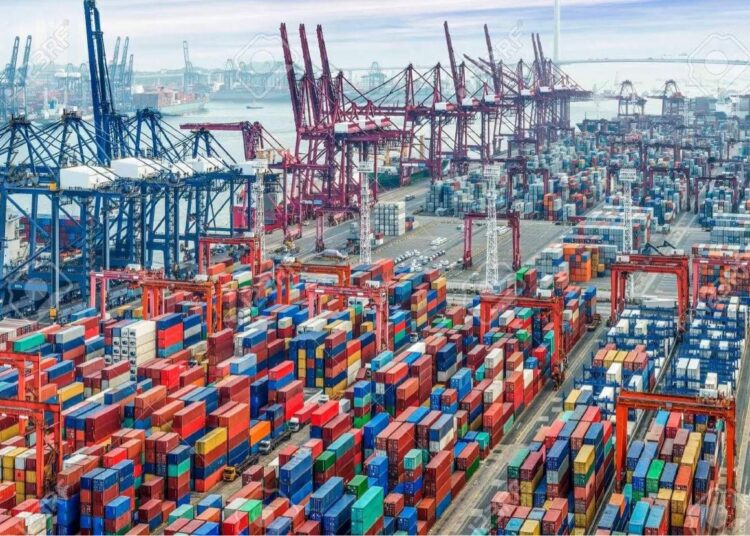Increasing exports is the most nagging challenge facing emerging economies to speed up economic growth and bolster socioeconomic development in the long run. To this end, a number of developing countries led by China, India, Singapore and Malaysia have been easing export procedures to open new markets and boost existing ones.
One of the lessons taken from the Russia-Ukraine conflict is that an export-driven economy can withstand a hard currency crisis and maintain a positive GDP growth no matter what blows in with the wind.
From a macroeconomic perspective, an increase in exports should boost local investments as exporters seek to scale up their businesses. Unfortunately, Egypt suffers from a chronic trade balance deficit on the back of a growing population and rising imports.
In May, Prime Minister Moustafa Madbouli said his cabinet targets exports worth $100 billion within three years. That raises the question if Egypt can achieve such a goal by 2025. To answer that we need to take a close look at the present situation.
Rising exports
Egypt’s non-oil exports jumped by 20 per cent to $19.4 billion in the first half (H1) of 2022, up from $16.2 billion in 2021 H1, according to data from General Organisation for Import and Export Control (GOEIC).
The structure of exports is based on two major sectors: chemicals and fertilisers, and building materials, which accounted for 22 and 19 per cent, respectively. Exports of chemicals and fertilisers leaped by 35 per cent to $4.3 billion in 2022 H1, according to GOEIC data. Building materials exports rose by 19.3 per cent to $3.7 billion in 2022 H1, up from $3.1 billion in the same period a year earlier.
Food and engineering sectors accounted for 11 and 10 per cent of non-oil exports While the engineering exports surged by 27 per cent to $ 1.9 billion in 2022 H1, food exports increased by roughly four per cent to $2.1 billion, according to GOEIC data.
Accounting for 10 per cent of non-oil exports, agricultural exports rose by 10 per cent to $ 1.7 billion in 2022 H1.
Competitive advantages
In a bid to reach the target, the government and parties concerned should determine which sectors in this country with the highest competitive advantages. In a previous article, I showed how the Russia-Ukraine war has opened up opportunities for Egypt on the back of declining Russian exports to world countries.
The North African country has been upgrading the fertilisers sector as part of extensive efforts to bolster sustainable agricultural development as a whole. There are around 20,000 chemical plants, including fertilizer producers, across the country.
Natural gas and fertilisers are on top of such exports. Natural gas is a 60 per cent component of the fertiliser industry. It is used as an ingredient in the manufacturing process, not only as an energy resource in producing ammonia and urea.
Moreover, building materials can be another pillar of Egypt’s export-driven economy. Cement exports jumped by 94 per cent to $272 million in the January-May period, against $140 million in the same period in 2021, according to data from the Export Council Building Materials.






Discussion about this post